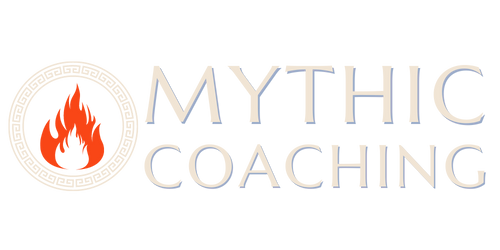You’ve probably heard the story of the strange visitor from another world, the doomed planet Krypton, who was raised by kindhearted parents on a Kansas farm. Bestowed with incredible powers by the Earth’s lighter gravity and yellow sun, the alien child grew up to be the world’s greatest superhero.
Equally familiar is the tale of the young orphan who, after witnessing the murder of his wealthy parents, devoted his life to peak physical and mental conditioning, and understanding the psychology of criminals. As an adult he dedicated his skills and resources to fighting crime, dressed as a giant bat.
The origins of Superman and Batman have become embedded in the American psyche. For nearly 80 years, they have been retold again and again in comic books, radio serials, feature films, and television shows. This is how legends have always been passed from person to person, and from generation to generation — through oral transmission and repetition, and through art.
Batman’s tragic tale, a revenge story rooted in Depression era anxieties, is so visceral that it lodged itself into the audience’s psyche through sheer trauma. The story continues to resonate with modern American audiences, as well. After all, what’s more 21st Century American than a billionaire beating up nameless people in the street and being celebrated for it?
(To be honest, I’ve never thought of Batman as a superhero myself, but more a problem that could be solved by a good therapist. If I witnessed a thief gun down both my parents I might also develop a taste for vengeance, violence, and peculiar fashion choices.)
Wonder Woman’s backstory is more esoteric, though her history stretches back nearly as far as her those of her fellow Justice Leaguers. Her origins have remained largely unknown, even among people familiar with the character, for two primary reasons. First of all, her appearances outside the comics medium have been comparatively few. Secondly, her story is far more complex, and requires more context to make sense of it. Knowledge of Greek and Roman mythology is certainly helpful, if not absolutely necessary.
I learned Wonder Woman’s origin when I was six years old from a Book On Tape, a pre-internet ancestor of the audiobook. Wonder Woman: Cheetah on the Prowl was an illustrated storybook with art by comics legend Dick Giordano and Ross Andru. It came packaged with an audio cassette featuring a full-cast dramatization of the text. On my first hundred or so readings I just studied the pictures, turning the pages to keep up visually while the recorded story unfolded. Sometimes I’d get a parent or grandparent to read it to me, frustrating my grandfather by correcting his pronunciation of “Hippolyta” (whom he called Hippo-lotta) and “Aphrodite” (Afro-diddy).
As I followed along, I learned the spelling of the words that began and ended each page so I’d know when to turn it. I studied the illustrated text like it was holy scripture, until I could read the entire book myself. As an adult, I applied similar obsessive repetition to various retellings of Wonder Woman’s life on Paradise Island, including the TV series after it was finally released on DVD in 2007, and the long-awaited 2017 feature film, which I enjoyed the most on my first, third, tenth, eighteenth, and twenty-fourth viewings.
Every version of Wonder Woman’s origin contains certain common elements. Nearly every variation can be boiled down to this: Princess Diana is the greatest champion of the mythic Amazons, a tribe of immortal women who had abandoned Man’s World for a hidden island, where they founded an all-female utopian civilization. After proving herself the strongest and most capable among them, Diana leaves Paradise Island for Man’s World where she becomes the world’s greatest superheroine.
As with any legend, details surrounding these core elements have changed over time, as the story has been reimagined with each telling. Such changes, even seemingly small ones, have fundamentally altered the character and obscured what she originally represented. Marston was meticulous in his construction of Wonder Woman’s backstory, but his ideas seemed to make subsequent (male) writers uncomfortable, perhaps because they challenged the social structures benefited that favored them. These heirs of Marston’s legacy adjusted aspects of the tale to serve their own ends, without regard for his philosophy, which was arguably what made Wonder Woman such a massive success in the first place. These changes did however reveal the writers’ subconscious attitudes toward powerful women, an unavoidable side-effect of writing stories about the empowered feminine archetype.
The 2017 movie presented the story of Wonder Woman’s nativity to the largest audience in the character’s history. By that time, seventy-five years after the first version was published, the tale had transformed into something that contains the seed of the original, but was obscured and smothered by overgrowth.
Combining elements from Greek myth with suffrage era feminist utopian fiction, Marston’s story of Wonder Woman and her Amazon sisters is completely unique in all of literature. Changes to that origin robbed the character of some of her magic and meaning. The movie version is likely the story that future audiences come to recognize most easily. Though the film was a triumph for Wonder Woman and women in film, it unnecessarily left certain elements of the character behind. I don’t want those elements to be lost. It is my hope that new fans of the Amazon princess will sense that that there is more to her, seek more depth, and discover her weird, wonderful history. Wonder Woman has succeeded in changing the world, just as she was created to do, despite repeated efforts to put the proverbial genie back in the bottle. But her work is far from finished.
